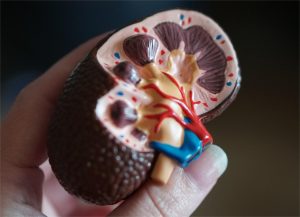Featured Products
Explore Products- In-Stock Tumor Cell Lines
- Human Orbital Fibroblasts
- Human Microglia
- Human Pulmonary Alveolar Epithelial Cells
- Human Colonic Fibroblasts
- Human Type II Alveolar Epithelial Cells
- Human Valvular Interstitial Cells
- Human Thyroid Epithelial Cells
- C57BL/6 Mouse Dermal Fibroblasts
- Human Alveolar Macrophages
- Human Dermal Fibroblasts, Adult
- Human Lung Fibroblasts, Adult
- Human Retinal Muller Cells
- Human Articular Chondrocytes
- Human Retinal Pigment Epithelial Cells
- Human Pancreatic Islets of Langerhans Cells
- Human Kidney Podocyte Cells
- Human Renal Proximal Tubule Cells



 contributing to renal disease progression in conditions like haemolytic uraemic syndrome and pre-eclampsia. Diseases involving glomerular capillary destruction, such as haemolytic uraemic syndrome and vasculitis, rely on HRGEC angiogenesis for recovery. These cells originate from vasculogenesis in mesenchymal precursors, predominantly, and in-growth of existing vessels.
contributing to renal disease progression in conditions like haemolytic uraemic syndrome and pre-eclampsia. Diseases involving glomerular capillary destruction, such as haemolytic uraemic syndrome and vasculitis, rely on HRGEC angiogenesis for recovery. These cells originate from vasculogenesis in mesenchymal precursors, predominantly, and in-growth of existing vessels.